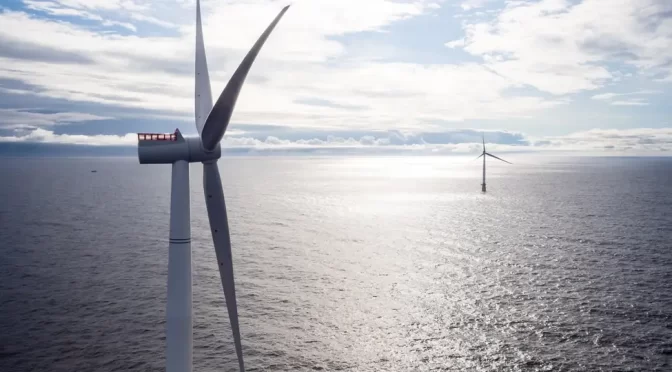The potential of offshore wind energy in the Philippine market is a topic that has been gaining traction in recent years. As the world continues to grapple with the challenges of climate change and the need for clean, renewable energy sources, countries like the Philippines are starting to explore the untapped potential of offshore wind energy. With over 7,000 islands and a vast coastline, the Philippines is in a unique position to harness the power of offshore wind energy and transform its energy landscape.
Offshore wind energy is generated by wind turbines that are installed in bodies of water, usually in the ocean. These turbines are able to capture stronger and more consistent winds than those on land, resulting in a higher energy output. In addition, offshore wind farms have a smaller environmental footprint, as they do not require large tracts of land and can be located far from residential areas, minimizing the impact on local communities.
The Philippines has been experiencing a steady increase in energy demand due to its growing population and economic development. The country’s current energy mix is heavily reliant on fossil fuels, with coal accounting for nearly half of its power generation. This dependence on non-renewable energy sources not only contributes to greenhouse gas emissions but also exposes the country to the volatility of global fuel prices.
In recent years, the Philippine government has recognized the need to diversify its energy sources and has set ambitious targets for renewable energy development. The National Renewable Energy Program (NREP) aims to triple the country’s renewable energy capacity by 2030, with a focus on solar, wind, and biomass. Offshore wind energy, however, has yet to be fully explored and exploited in the country.
One of the main challenges in developing offshore wind energy in the Philippines is the lack of a clear regulatory framework and policy support. While the government has established incentives for renewable energy investments, such as feed-in tariffs and tax breaks, these have primarily been geared towards onshore wind and solar projects. To unlock the potential of offshore wind energy, the government needs to create a conducive environment for investors by providing clear guidelines and support mechanisms.
Another challenge is the need for extensive research and data on the country’s offshore wind resources. While preliminary studies have indicated that the Philippines has significant offshore wind potential, particularly in the northern and eastern seaboard, more detailed assessments are needed to identify suitable sites for development. This would require collaboration between government agencies, research institutions, and private sector stakeholders to gather and analyze data on wind speeds, water depths, and other relevant factors.
Despite these challenges, there are already signs of progress in the Philippine offshore wind energy sector. In 2020, the Department of Energy (DOE) announced that it was studying the feasibility of offshore wind projects in the country, with the aim of including them in the NREP. Furthermore, several international companies have expressed interest in developing offshore wind projects in the Philippines, indicating that there is growing confidence in the market’s potential.
In conclusion, the untapped potential of offshore wind energy in the Philippine market presents a significant opportunity for the country to diversify its energy mix, reduce its reliance on fossil fuels, and contribute to global efforts to combat climate change. By addressing the challenges and creating a supportive environment for offshore wind development, the Philippines can harness this clean, renewable energy source and pave the way for a more sustainable and resilient energy future.


